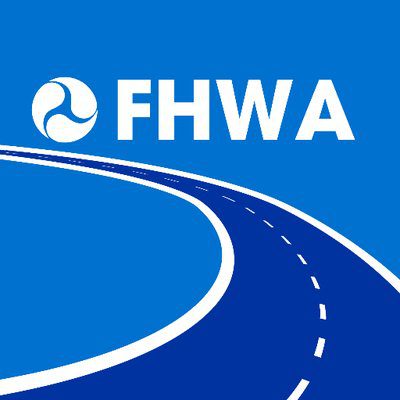FHWA Releases New Traffic Control Device Manual with Updates to Improve Safety for Pedestrians, Bicyclists, and All Road Users

Updated MUTCD also encourages new innovations to improve travel and looks toward transportation infrastructure of the future
As part of the process of updating the 11th edition, the FHWA sought and incorporated input from the public nationwide, including state and local traffic engineers, traffic control device technicians, and other stakeholders. In the coming months, FHWA will host a series of public webinars, post online videos, and conduct other outreach opportunities to help stakeholders make the most of the latest updates.
The MUTCD 11th edition reflects changes in how Americans travel since the last update of the manual over a decade ago. It also streamlines processes and makes permanent a number of traffic control device applications that previously required special approval. The new MUTCD includes pedestrian safety enhancements such as the rectangular rapid-flashing beacon and crosswalk marking patterns that are proven to be more visible. The updated MUTCD [supports USDOT’s National Roadway Safety Strategy, which adopts a multi-layered approach with the ambitious goal of zero deaths on the nation’s roads.
By requiring updates to the MUTCD every four years, the Bipartisan Infrastructure Law will also ensure that traffic control device standards and guidelines are responsive to the needs of the traveling public, and to new technologies.
The MUTCD does not restrict communities from designing walkable, transit-oriented roadways or high-speed highways as that community determines appropriate to serve its needs. Rather, the MUTCD is about directly communicating with the road user, in an effective manner, about how the roadway is intended to be used in the context and constraints of its physical space, design features, and surrounding environment. If a community decides to provide bike lanes or a designated pedestrian area separated from vehicles, the MUTCD gives the community the traffic control devices to communicate that to all road users safely and effectively.
FHWA is developing new and updated online tools like an improved database of official rulings, guidelines for developing experimentation plans, and a series of educational videos about the MUTCD and how its content is developed.
Please see here for the MUTCD 11th edition.


